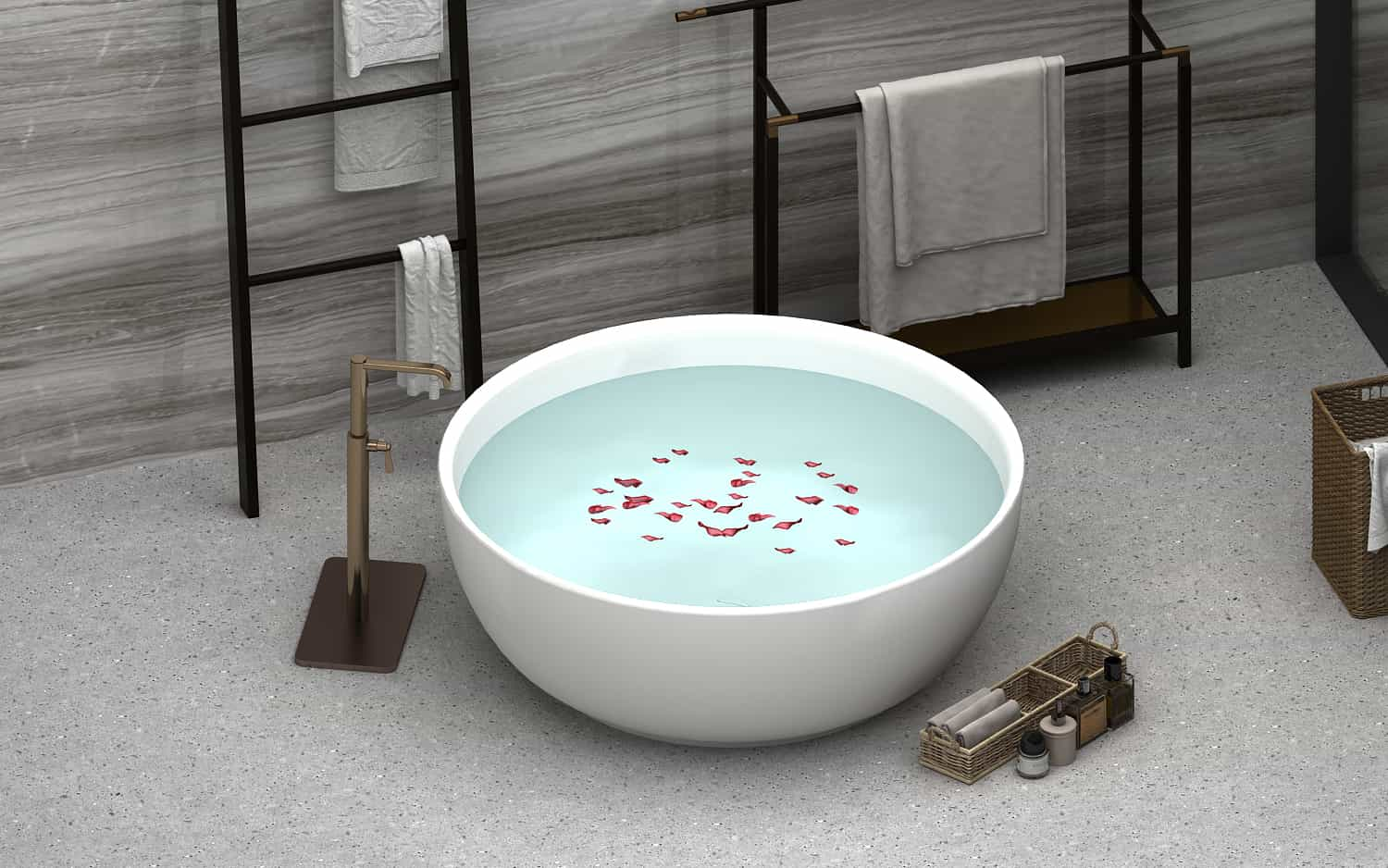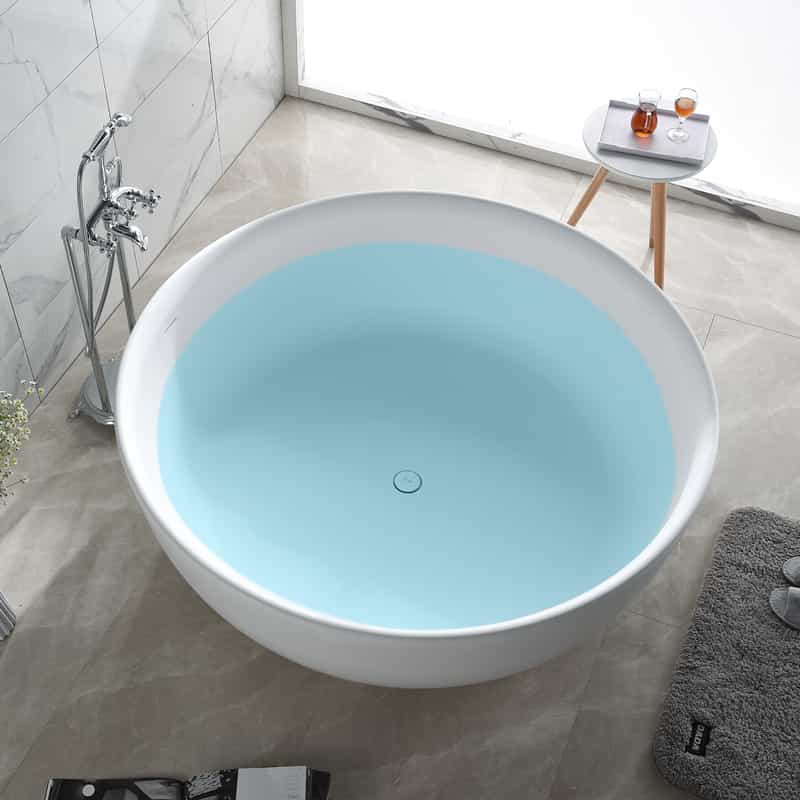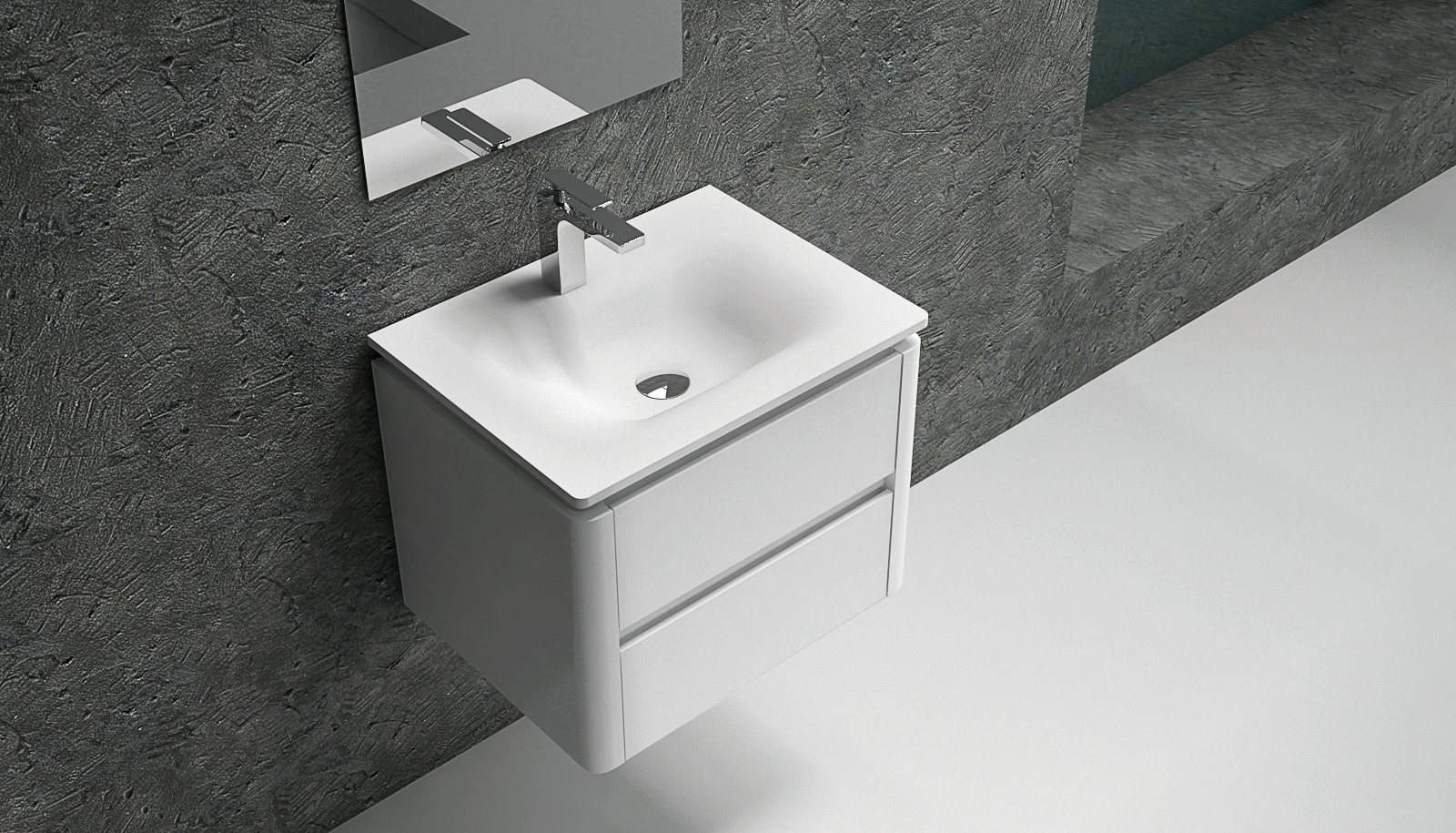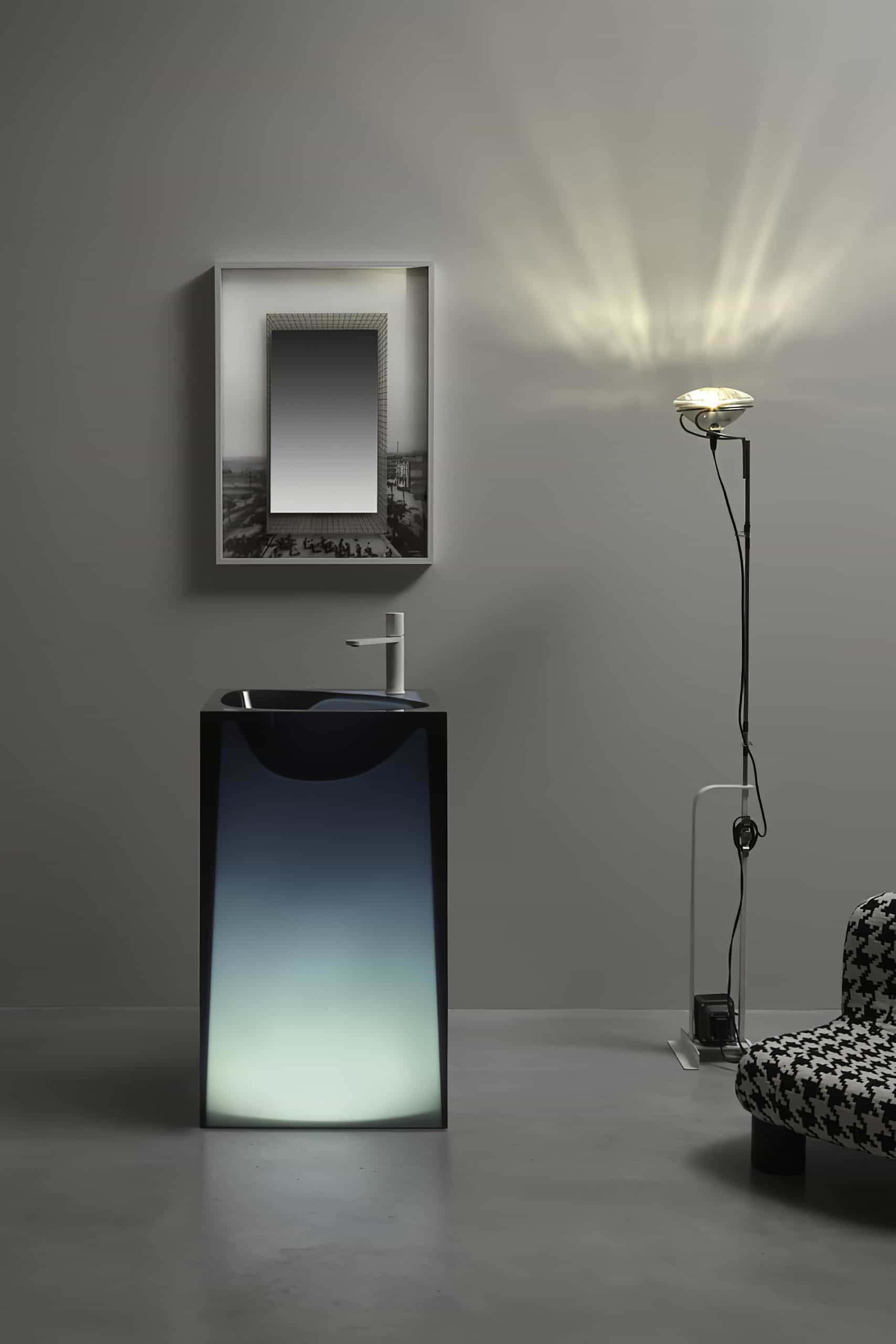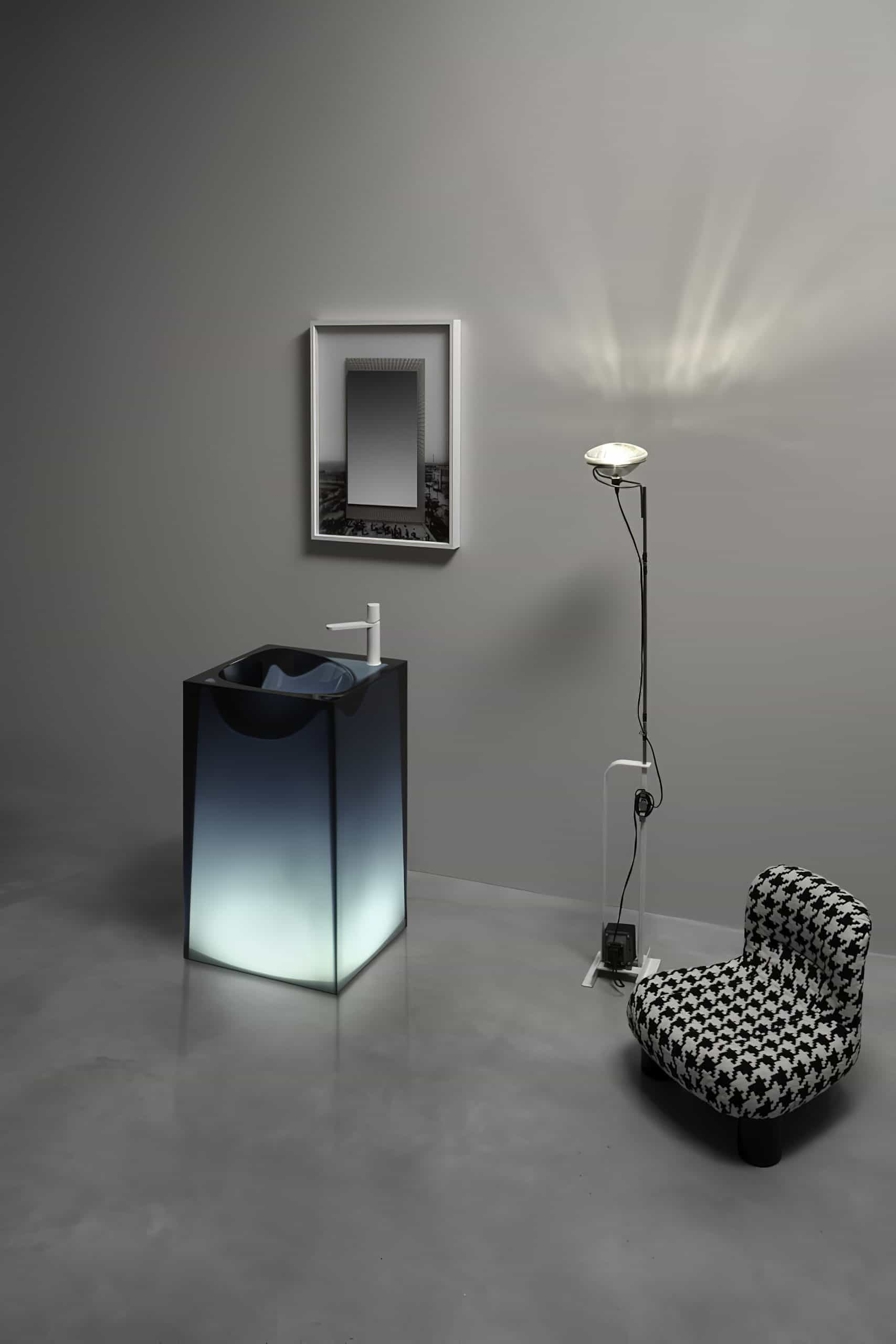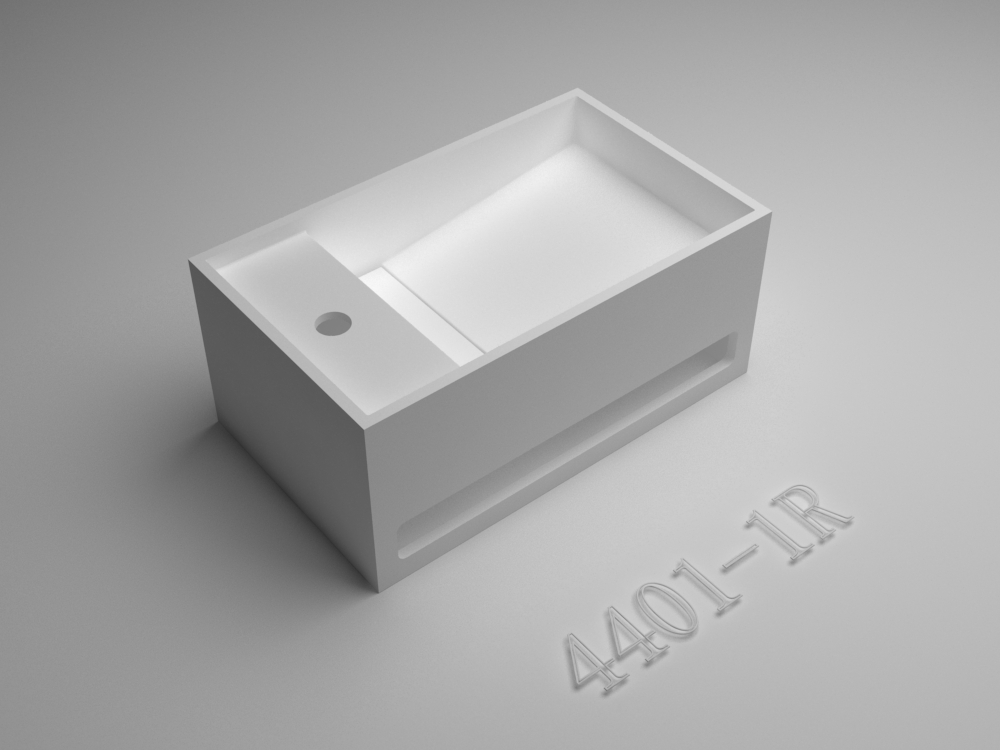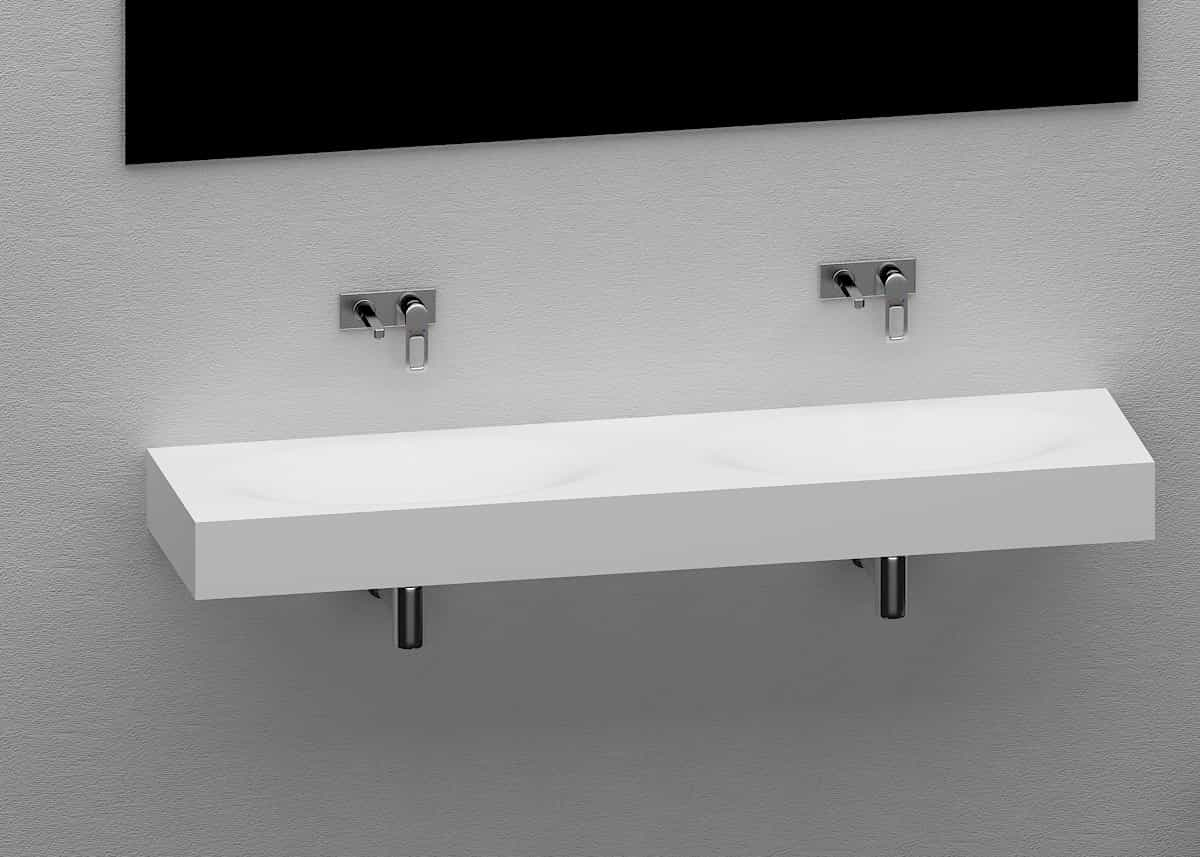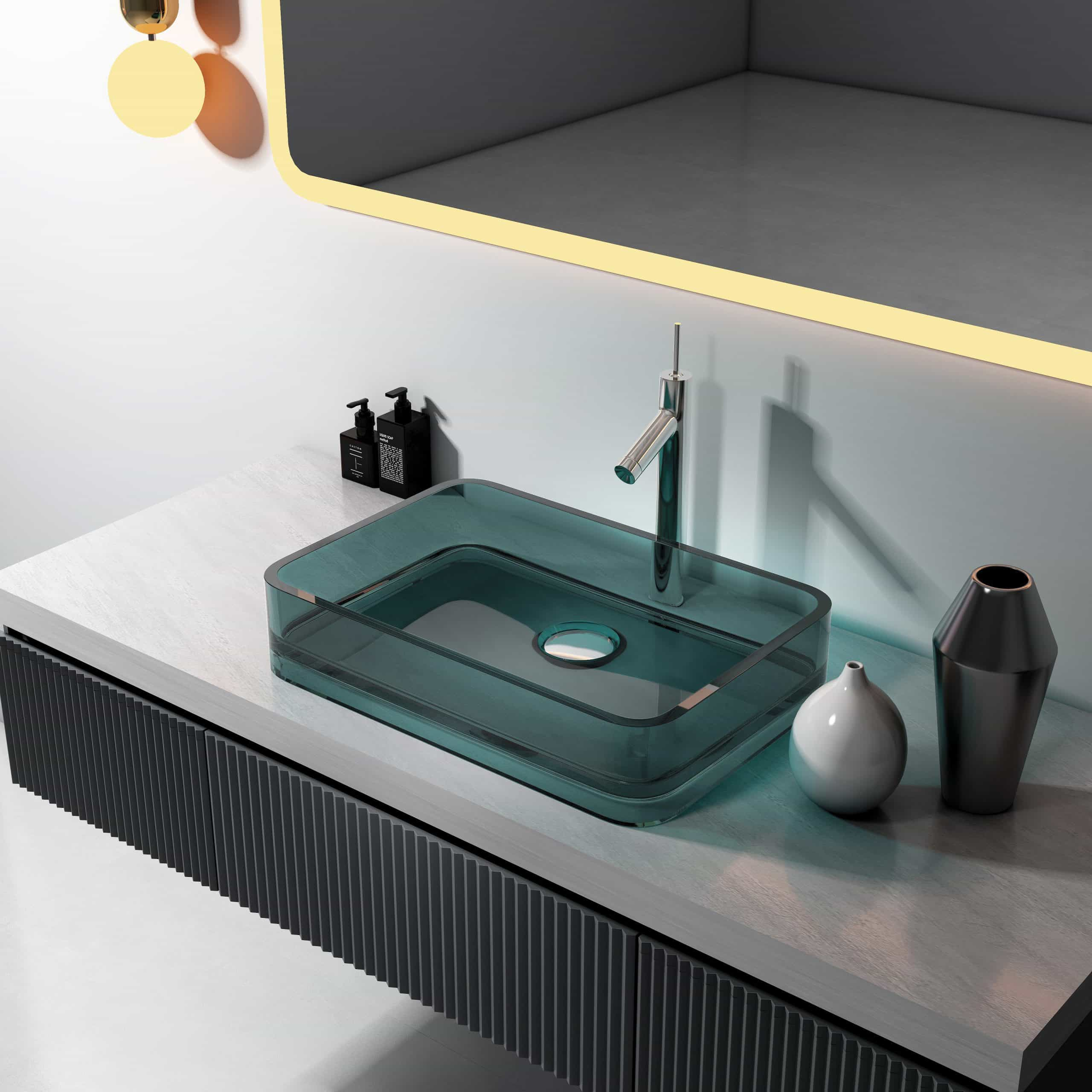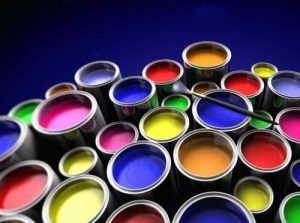
Paint is a kind of inclusions with organic or inorganic materials to decorate and cherish items, in the home improvement and decoration process is indispensable materials, at the same time, it is also very harmful to our human body. In the purchase, how should we identify the quality of paint and choose a quality paint? Let’s take a look at it together with career knowledge.
Five tips for choosing paint
1, only in the store or large market place purchase. Before purchasing, learn to shop around and learn more about the details of the goods, such as, origin, net weight, environmental standards, etc.. Uniform goods, from its quality, price and other aspects to hold a comprehensive consideration.
2, buy the least amount of consumption. When purchasing, ask the businessman about the number of times the paint is applied and the painting area, calculate the amount and cost per square meter of material.
3, look at the packaging. Whether the outer packaging of the paint is standardized, there is no instruction manual and certificate of conformity (international testing and 3C quality certification), the manufacturer’s factory address.
4, ask the breath. Through the breath can identify the quality of paint, as usual, environmentally friendly paints ask a faint fragrance, and poor quality paint will emit a pungent breath, some people will say that the odorless must be the best, Valley Valley here to tell everyone, this is not necessarily Oh.
5, look at the effect of opening the can. After the paint is opened, if the appearance is average, stirring is flowing state, it is good paint, if it is layered, back to thick, there is a strange smell and other signs, it is poor quality or deterioration.
Selection myths
Myth 1: Ignore the quality of the price
Many people in the purchase of wall paint moment, it is easy to go into the heavy price and ignore the quality of the misunderstanding. Some think that the higher the price of paint, the better, so the moment of selection to find the most expensive to buy, but the experimental results show that it is not cloudy. The other extreme consumer is to save money, purchase the moment the price is as low as possible, so that the money saved a lot, but the quality of the wall and indoor environment in the future is worrying. Therefore, it is recommended that everyone pay attention to the quality of wall paint while thinking about the price, as usual, choose a reputable brand.
Misconception two, heavy packaging and ignore the inner
Consumers always look at its packaging when buying emulsion paint, which is very necessary. However, it is important to pay attention to the packaging of pleasing paint is not necessarily the inner quality of good. Some manufacturers, in order to attract customers, make a big deal on the packaging of the product, intentionally emphasizing the product performance efficacy. Therefore, it is recommended that consumers should pay attention to other aspects in addition to the product packaging, such as checking the detailed test reports of the product.
Misconception three, the color card and the wall color is exactly the same
Many consumers think that the color of the paint on the color card and the color of the wall is exactly the same, which is a misconception. Due to light reflection and other reasons, after the walls around the room are painted, the wall color will look darker than on the color card. The color that consumers see on the color card and the real color of the paint on the wall will usually be different. Therefore, it is recommended that when consumers choose the color in the color card, it is best to pick a color number that is slightly lighter than the color they like, and if they like dark walls, they can adjust the color to the same color as the color card they choose.
Myth four, do not estimate the amount of paint in advance
Many consumers do not estimate the amount of paint in advance, afraid of buying less paint, and always buy more at the moment of purchase. This may cause the material to be wasted, adding to the cost of home improvement, while the accumulation of too much paint on the construction safety also caused some impact. It is recommended that before construction, consumers must look at the area of the construction area, so as to estimate the number of materials purchased. A simple way to estimate the amount of paint used is: the amount of paint needed to paint (L) = (wall area x 2.5) / per liter of paint can be painted area.
Misconception five, no breath is environmentally friendly
Many people judge the safety of wall paint by smelling the breath, thinking that low or no breath of wall paint is environmentally friendly. This is a big misconception. As a result of adding fragrance or using low-flavored materials can achieve no breath, so the paint without breath is not all environmentally friendly and non-toxic. The most professional way to judge the environmental friendliness of wall paint is to see if its environmental indicators match the scale. The key environmental indicators of wall paint are three: VOC, free formaldehyde, and heavy metals.







